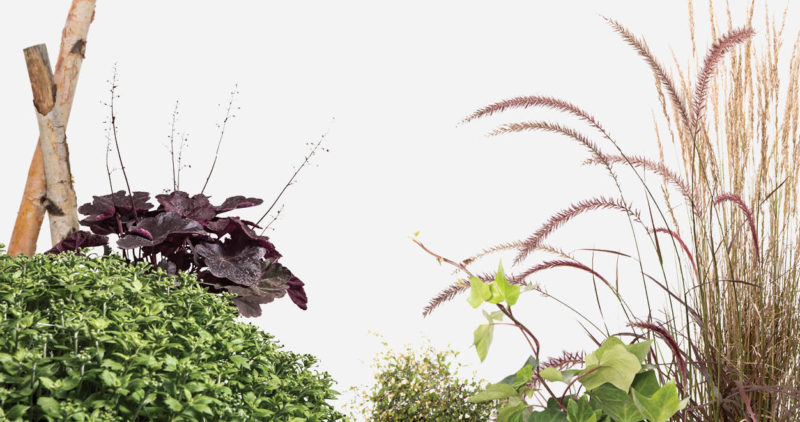
Thanks again to everyone who joined us for Pollinator Gardens, the first seminar in our new Backyard Naturalist series. Scott Evans, from Nebraska Extension, was our guest speaker. With his easy-going and humorous approach to science and horticulture, Scott’s audiences always learn a lot and have fun doing it. For instance, did you know some of these surprising facts about pollinators and what they look for in our landscapes?

- Honey bees are an important pollinator in the agriculture industry, but there are thousands more native bees, many of which are much more efficient pollinators than the honey bees. After bees, flies are the second largest group of pollinators, followed by butterflies and beetles.
- Leaf cutter bees have interior design talent. They do. They use circular pieces they cut from green leaves, and sometimes flower petals, to turn rock crevices into safe (and surprisingly pretty) homes for their developing eggs.
- Just like birds and squirrels in the backyard, pollinators get thirsty too. But they’re small, and they can’t swim, so bird baths are too deep. To provide water for pollinators, you can fill a shallow dish with rocks and water and place it among your pollinator-friendly plants. The pollinators can then safely rest on the rocks and grab a quick drink.
- Thistles are actually a great resource for pollinators. We normally think of thistles as invasive and prickly, but there are also native thistles we might consider keeping around. How do you tell the difference between a native thistle and the invasive ones? Just look at the color on the back of the leaf and remember Scott’s saying “silver stays – green goes.”
If you enjoy learning about the fascinating ways nature works in our own landscapes, watch for more information about the other upcoming seminars in our Backyard Naturalist series. The next one is September 16th when we’ll talk about native plants for the landscape.


